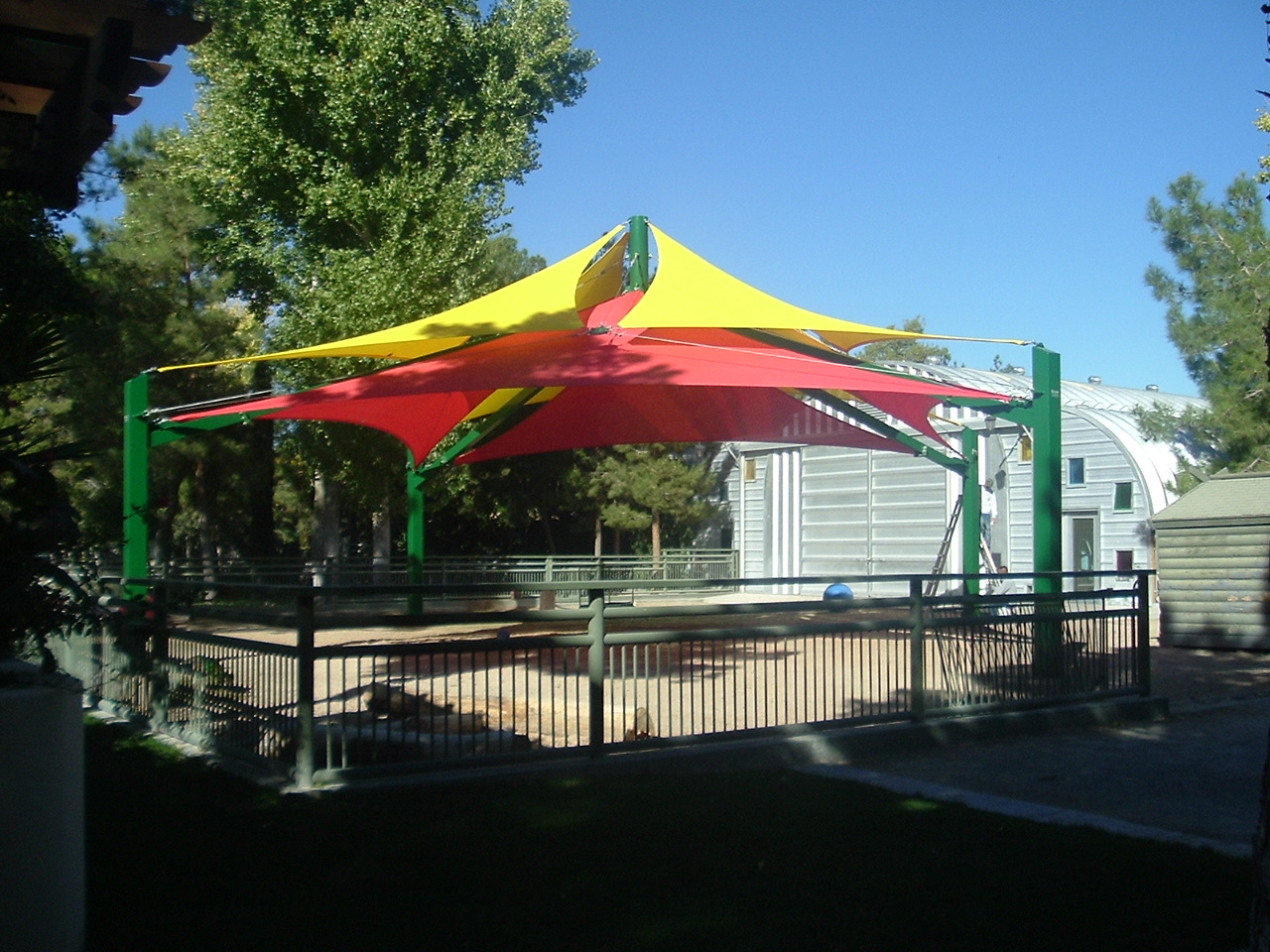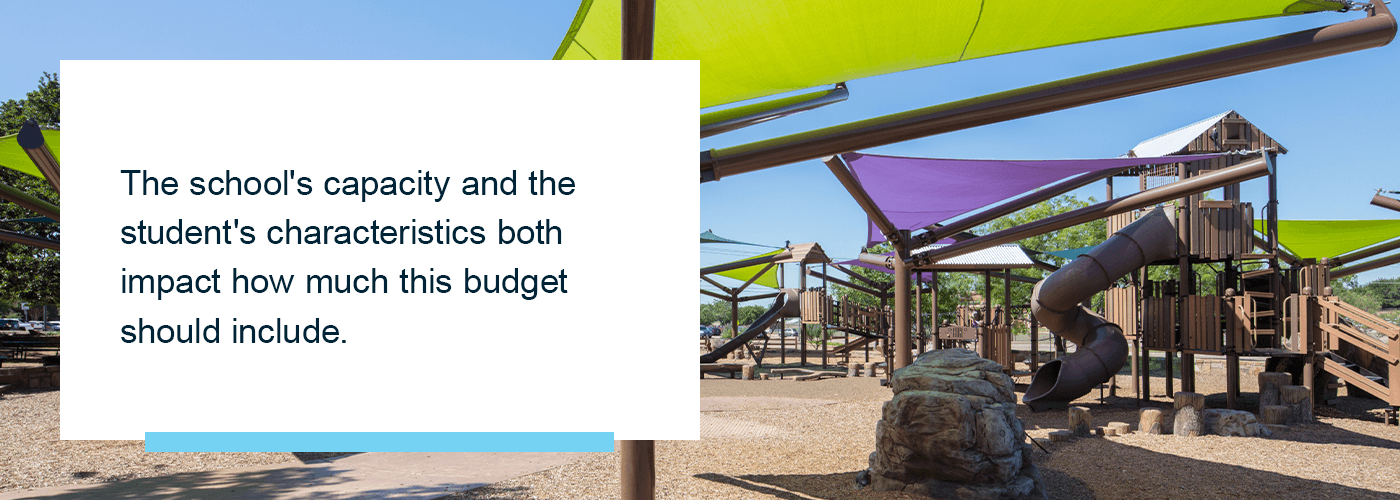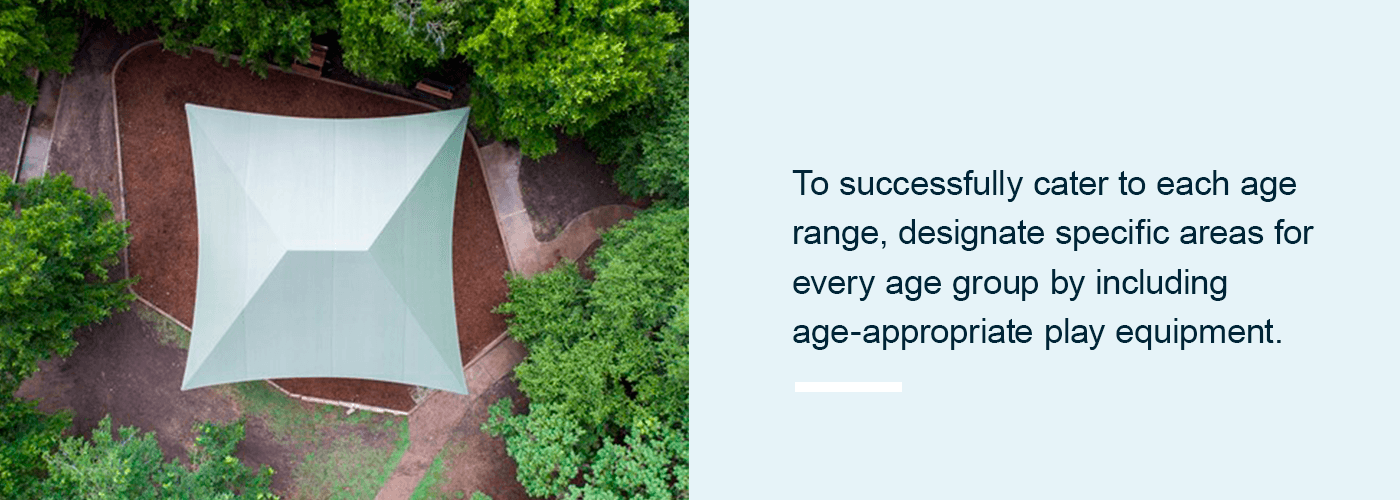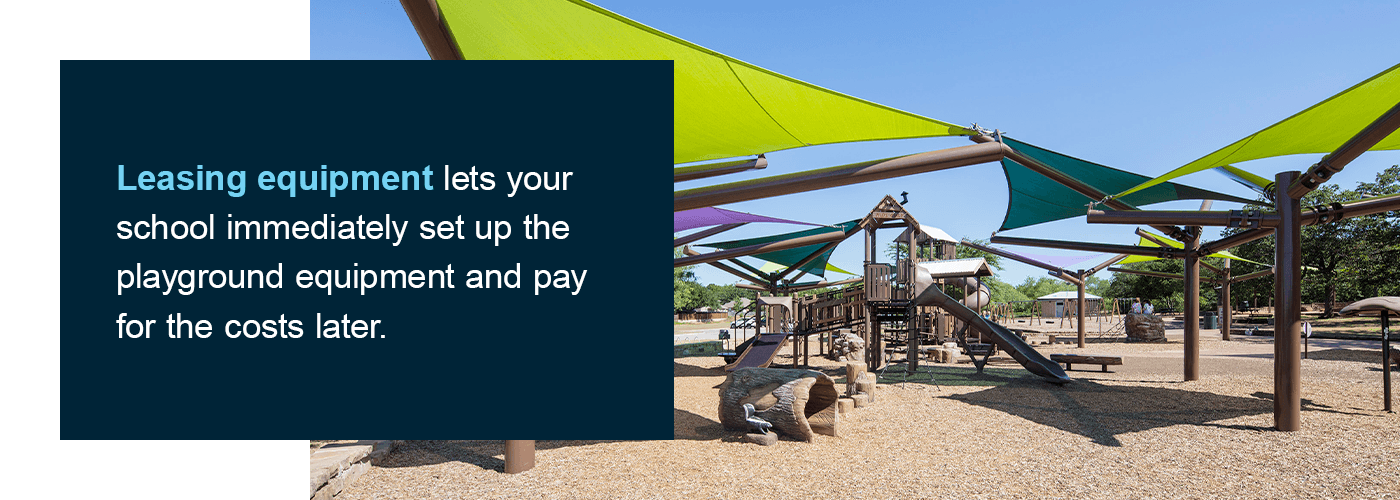There are countless ways fun, effective and easy ways to raise money for a school playground project. Consider the fundraising ideas below for playground equipment:
Host an Auction
One enjoyable fundraising idea that involves your local community is an auction. Ask local artists and businesses to donate items that can be auctioned off during the event. Members of your community can give to a good cause and purchase an item for their own use. Auction off several smaller items, a few big-ticket items or a combination to draw in a larger crowd. To host an auction, follow the tips below:
- Categorize items
- Track donated items
- Prepare for large payments
- Sign up plenty of volunteers
- Establish an auction committee
- Provide an adequate supply of bid sheets, pens and clipboards
- Develop a list of businesses in the area that can donate items and contact them
Hold a Bake Sale
A popular staple among fundraising campaigns is the bake sale. For those with a sweet tooth, a bake sale can be a fun way to donate to a good cause while getting a delicious treat in return. Get the entire community involved by requesting that members of the community donate baked goods that can be sold to fund your school playground project. Bake sales are typically easy and affordable to set up and generate plenty of sales. Follow the tips below to hold an effective bake sale:
- Select the location
- Research and follow the health codes
- Establish a team to organize the event
- Offer baked goods that appeal to families
- Make the setup appealing to draw buyers in
- Sell tasty beverages to accompany baked goods
- Stick with popular baked goods like cookies, brownies and fudge
Turn the fun up a notch by turning your bake sale into a bake-off. Those who want to compete can show off their favorite dessert recipes, and attendees can vote for their favorites.
Hold a Ticketed Event
Another option is to host a ticketed event that involves the local community in your school playground project. Impose a cover charge to bring in funds for every attendee. Optional activities during the event, like donations or sales, can increase the funds your school raises. Common examples of ticketed events include:
- Fun runs
- Carnivals
- Concerts
- Talent shows
Host different events that appeal to a variety of demographics in the local community to increase involvement and donations. A fun run, for example, may attract athletes and fitness enthusiasts, while a carnival may attract families.
Sell Items Door-to-Door
Selling items door-to-door is another great way to collect funds for your school playground project. Common items that members of your community may be interested in buying include:
- Shirts or sweatpants
- Flowers
- Candies and candy bars
- Pizza kits
- Tote bags
- Cookie dough
- Coupon books for area businesses
Choose to presell items and record each donor’s information for delivery at a later date or hand over the item during the transaction. Consider partnering with a local business to sell items or donated gift cards.
Approach Local Businesses
Consider approaching local businesses in your fundraising efforts. Though both small and large businesses tend to donate part of their profits, small local businesses tend to give more to nonprofits and community causes than larger businesses. Ask if they would like to sponsor your school playground project.
Offer a way to recognize each company’s donation, which can ensure it’s a win-win situation for both your school and their business. For example, include each donor’s name on a sign or plaque at the playground, such as on playground equipment or benches. This can boost the company’s brand awareness and reputation. Local businesses that offer child-related services like sports equipment stores or daycares may be especially interested in advertising space at your school playground.
This is one of the easiest ways to collect funds for your school playground and support your community’s small businesses. Before selling advertising space, be sure to research local advertising laws.
Request a Quote to Invest in Shade Structures for Playgrounds
At USA SHADE, we inspire stunning outdoor spaces while promoting the benefits of shade. For more than three decades, we have been a proven leader in fabric structure technology and design. As a vertically integrated business, we offer comprehensive resources that lead to lasting partnerships and successful projects. With in-house experts in everything from design development to project management and construction, we are your organization’s source for shade structure and fabric structure solutions.
Our solutions offer functional and aesthetic value. Contact us at USA SHADE to learn more about school playground funding tips, or request a quote today to invest in shade structures for playgrounds.















